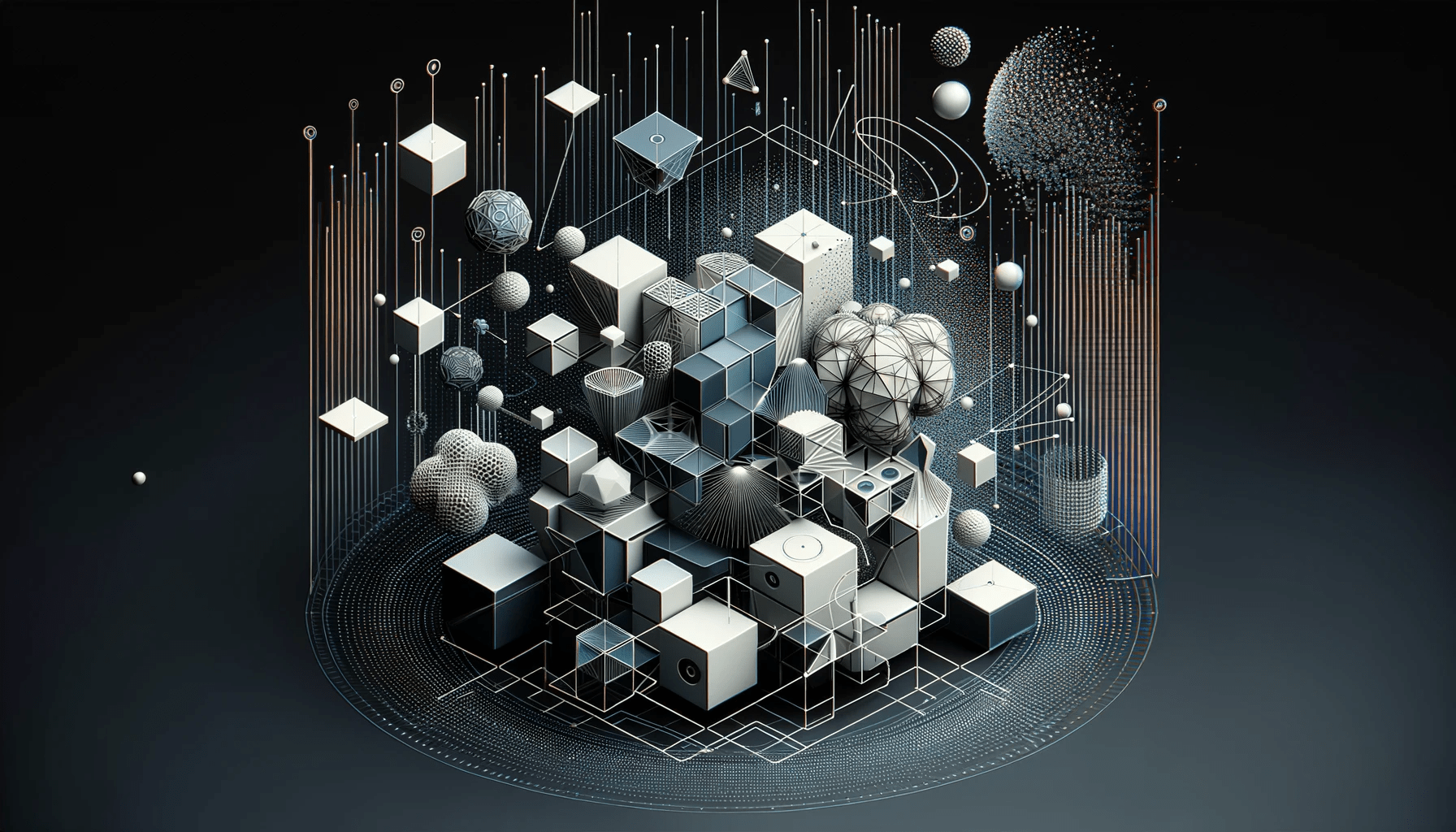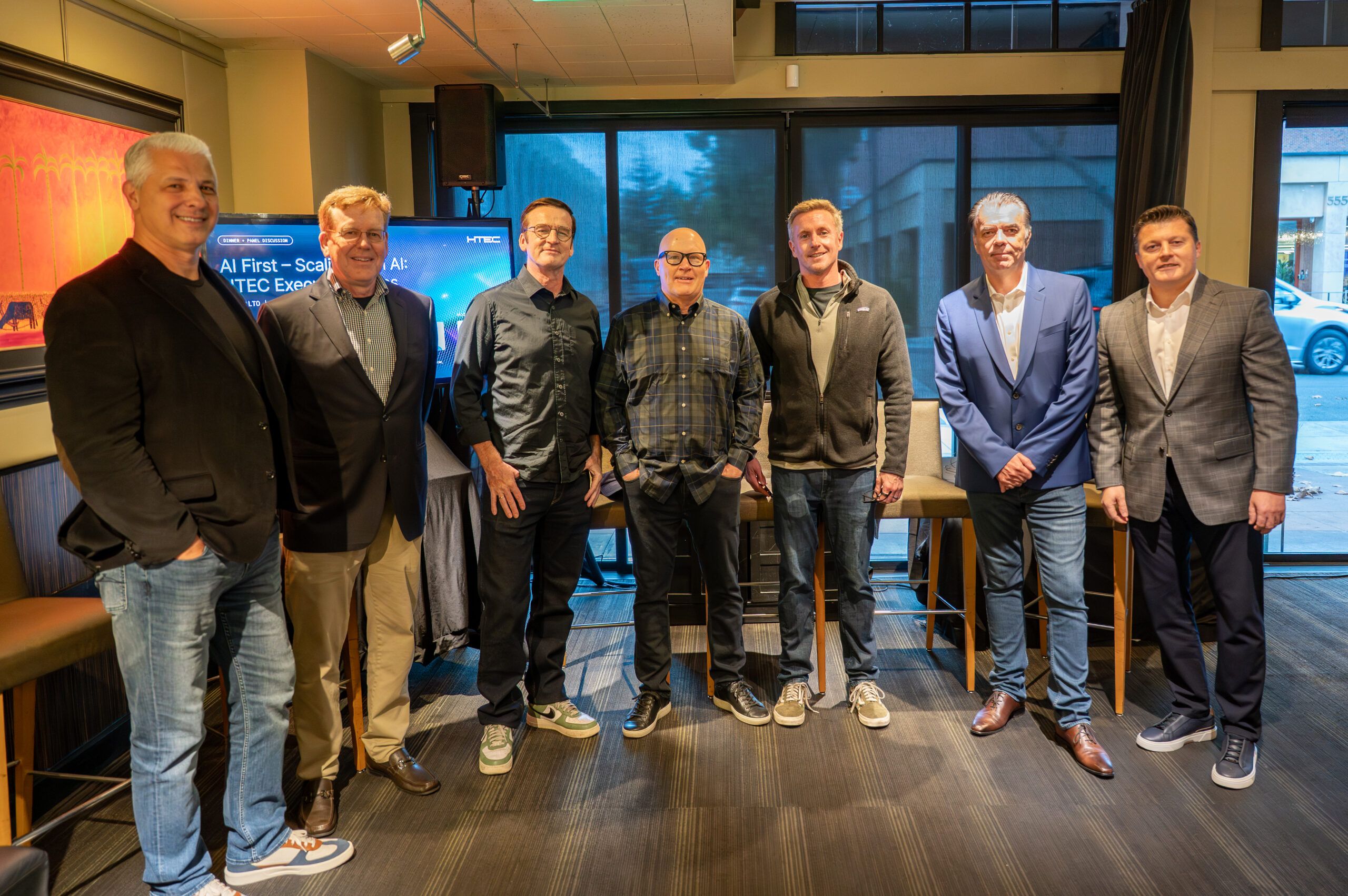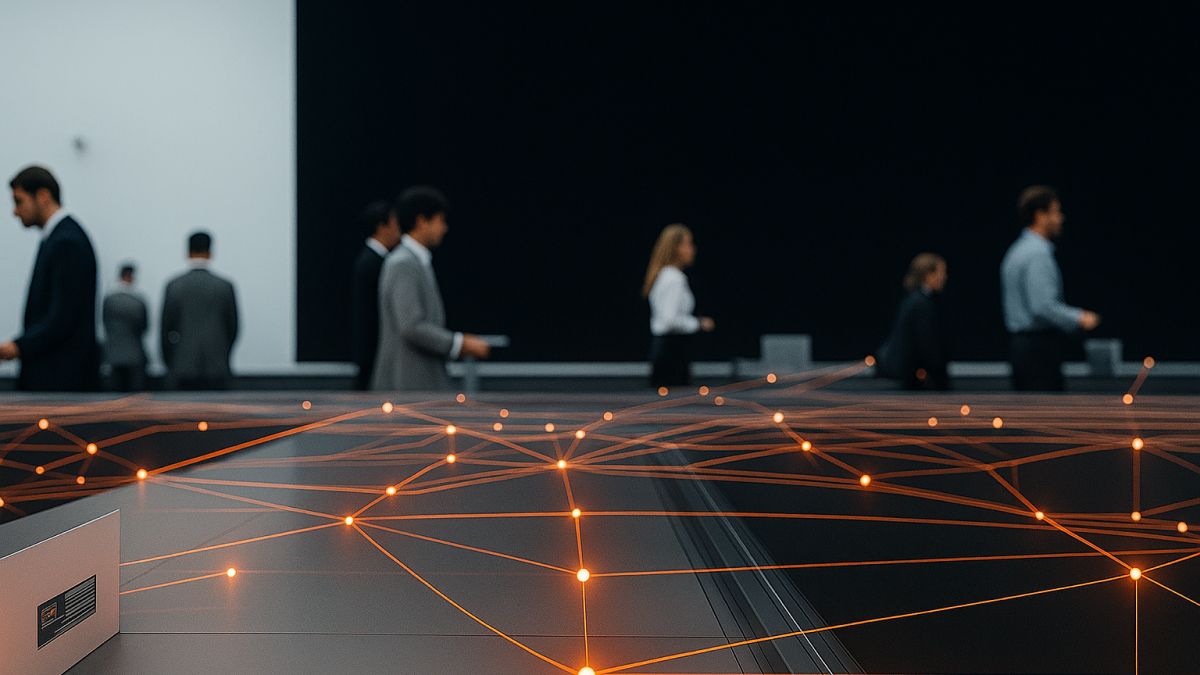In 1970, after a life-threatening malfunction aboard Apollo 13 en route to the Moon, NASA engineers on Earth used an exact replica of the spacecraft to test fixes safely and simulate outcomes—ultimately helping bring the crew safely home. That replica? Arguably the first digital twin (though it wasn’t digital just yet).
The idea was revolutionary: create a mirror model of a physical system to simulate, troubleshoot, and optimize performance in real time.
If the concept has been around for more than 50 years, why is it only now gaining widespread attention and commercial relevance?
Because up until recently, it was an engineering dream outpacing technological reality. Simulating complex systems requires massive amounts of data, compute power, fast networks, and storage. For decades, these essentials were prohibitively expensive or simply unavailable—limiting digital twin adoption to elite use cases like space missions or high-end manufacturing.
Now the stars have aligned.
Advances in AI, cloud computing, cheaper storage, high-bandwidth connectivity, sensors and IoT, real-time analytics, and increasingly accessible modeling tools have made digital twins not only possible—but practical for almost any business. What was once rocket science is now powering logistics, smart factories, energy grids, and even healthcare systems.
So, what exactly is a digital twin?
It’s a living, learning digital replica of a physical object, process, system, or even human being—fed by real-world data and able to simulate behaviors in the virtual world to adjust, predict, and improve performance continuously. Think of it as your product’s alter ego that you can iterate with and test infinitely from design to development and delivery to avoid unpredictability when it hits the market.
Technologies powering digital twins
Digital twins are made possible by a powerful convergence of technologies. Each layer—hardware, software, connectivity, and intelligence—contributes to building a digital replica that’s not just descriptive, but realistic and even autonomous.
At the core of this ecosystem lies artificial intelligence. It is not simply one of the components—it is the central driver that makes the digital twin intelligent, adaptive, and realistic.
AI: The decision-making core
While sensors collect data and models replicate reality, AI interprets, learns, and acts.
It powers simulations, predicts outcomes, detects anomalies, and continuously optimizes system behavior. Machine learning enables the digital twin to evolve with time and context—turning real-world data into actionable foresight. Without AI, a digital twin is static. With AI, it becomes strategic.
IoT: Capturing the physical world
Networks of sensors and smart devices provide the digital twin with real-time data on temperature, motion, energy use, wear, and more. IoT platforms manage data ingestion, connectivity, and security at scale.
Connectivity and computation: Infrastructure for speed and scale
Edge computing processes data close to the source, while cloud platforms ensure scalable storage and computational power. Data lakes and warehouses allow structured and unstructured data to be analyzed in both real-time and historical contexts.
Modeling and simulation: Building virtual fidelity
The latest modeling and simulation technologies go far beyond traditional design tools, enabling interactive 3D environments, real-time physics-based simulations, and immersive visualization through AR and VR. Gaming engines like Unity or Unreal test performance and support interactions and visualizations under various conditions.
Cybersecurity: Safeguarding the system
Security is embedded at every layer—through encryption, secure communication protocols, access controls, and compliance standards—to protect sensitive operational data and ensure integrity.
Extended Reality (XR): Immersive interaction
AR and VR interfaces bring the digital twin to life in ways dashboards can’t—supporting remote diagnostics, training, and design collaboration in intuitive, immersive formats.
Digital thread: Lifecycle continuity
A digital thread connects data across every stage of a product’s or system’s lifecycle, ensuring traceability, version control, and context. This continuity is essential for driving insight and alignment across functions.
Digital twins delivering value across industries
Digital twins are quietly powering new industry transformation today. The technology is no longer experimental or reserved for deep-tech innovation labs. Leading companies across industries are using it to make smarter decisions, accelerate development, uncover vulnerabilities early on and reduce costly real-world trials.
Take healthcare. Instead of relying solely on time-sensitive, invasive, and expensive diagnostics, clinicians now use patient-specific digital twins to understand complex conditions with remarkable precision. HeartFlow, for instance, takes medical imaging data, runs AI analysis on it and creates a detailed 3D model of the specific patient’s heart and arteries, enabling medical practitioners to analyze a specific heart’s malfunctions and suggest the right therapy. It’s non-invasive, accurate, and already changing how heart disease is treated.
To learn more about how digital twins are powering the healthcare industry, check out these resources from our experts.
Meanwhile, in the automotive world, BMW is redesigning not just cars but entire factories with digital twins. Using NVIDIA’s Omniverse, they simulate production environments in virtual space before anything is installed in the real one. That means robot choreography, assembly line layout, and material flow can be optimized upfront—reducing errors, accelerating timelines, and saving millions in rework and inefficiency.
Meanwhile, in manufacturing, Siemens is addressing the challenges of CNC machining by employing digital twins to simulate and optimize machining processes. This approach enables manufacturers to virtually test and refine CNC operations, reducing setup errors, minimizing material waste, and enhancing overall efficiency. By simulating tool paths and machining sequences in a virtual environment, Siemens helps manufacturers achieve higher precision and productivity in their operations.
Across industries, the message is the same: digital twins are no longer experimental tools. They’re operational allies—already moving the needle where it matters most.
Digital twins are a strategic asset
The real risk is doing nothing—watching from the sidelines while your competitors build smarter, faster, more adaptive operations. As others optimize products, reduce downtime, and accelerate development with digital twin strategies, the cost of waiting becomes harder to ignore.
The National Institute of Standards and Technology (NIST) projects that in manufacturing, digital twins will unlock up to $37.9 billion in annual savings in the U.S. alone by minimizing machine downtime, increasing energy efficiency, and streamlining operations. In product development, companies report 20–50% reductions in overall development time, along with fewer physical prototypes and faster design iterations. According to Simularge, in some industrial settings, energy use tied to thermal processes has dropped by as much as 40%, while predictive maintenance has sharply reduced waste and unplanned shutdowns.
These aren’t distant ambitions. They’re measurable, ongoing returns—proving that digital twins are not just a technology shift, but a business imperative.





